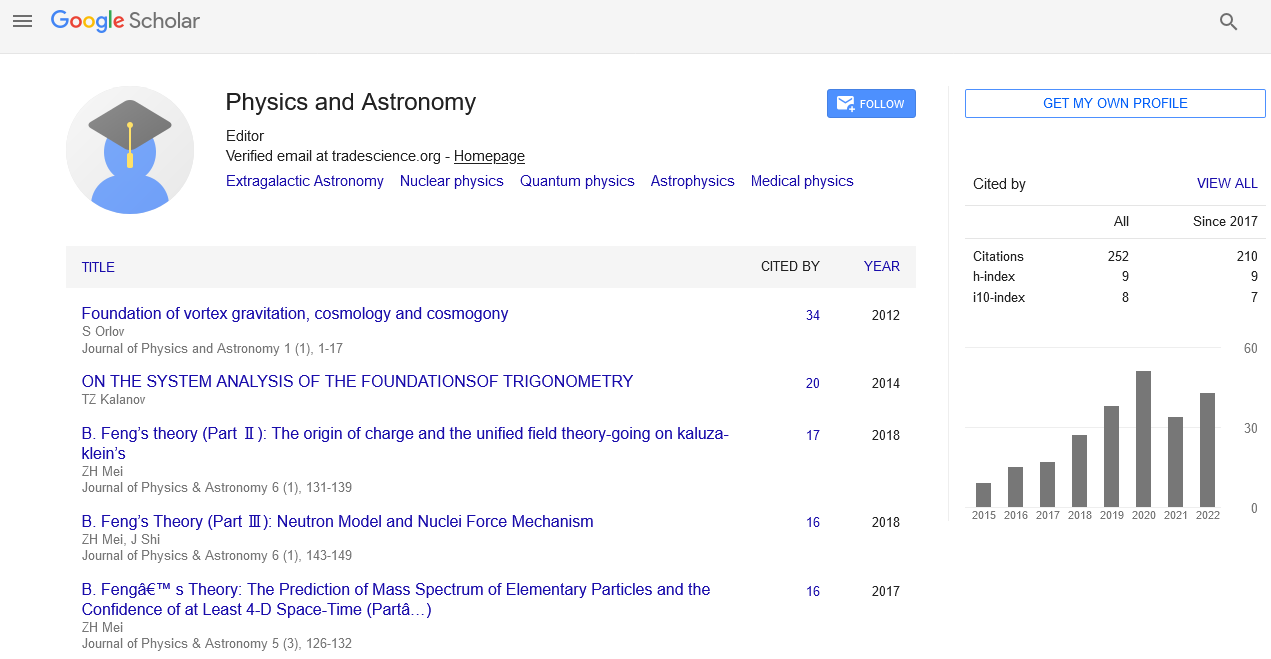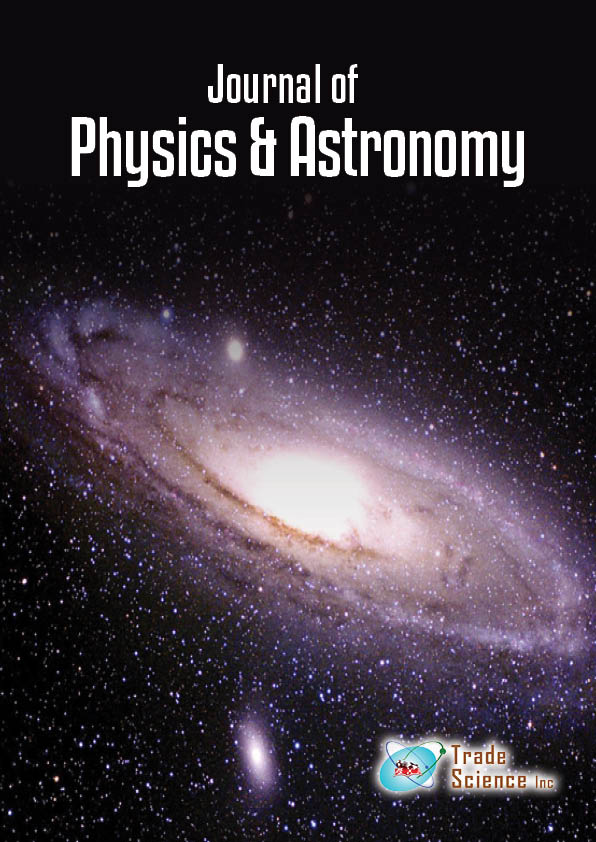Abstract
Broad Iron Kα Emissions from NGC 3516: Revelation of a Non-Disk Thin-Torus around a Kerr Black Hole with a Detailed Formulation on the Emission Mechanism
Author(s): Ma JZGASCA observations present broad iron (Fe) Kα emission lines in Seyfert(-like) AGNs. The line is explained to originate from a thin disk surrounding the central black hole (BH) which is either rotating or non-rotating. Based on previous theoretical and observational studies, we propose a non-disk thin-torus to exist in the inner region of the disk around a Kerr (rotating) BH. We develop the commonly-used thin-disk model to the thin torus model in this special region under the Kerr metric and calculate the profiles of the Fe K α lines. By extending previous work, we formulate in details the emission mechanism in this paper. The spectra of a sample galaxy, NGC 3516, is then revisited. New results are as follows: (1) the central BH is not static but rotating, with a dimensionless specific angular momentum, a>0.4, the best-fit of which is 0.9; (2) the radial position of the thin torus is within (20-40) rg, where rg is the gravitational radius of the BH; (3) the inclination angle θ0 of the observer is smaller than 50°; and, (4) the extension of torus to both sides of the equatorial plane can reach 67.3°. Specifically, simulations expose that the so-called “absorption” feature of the line spectrum around 6.0 keV may not be realistic; and, the humps and troughs of the broad line spectra are contributed by the four types of particles around the central BH.

